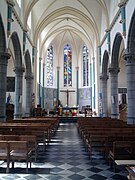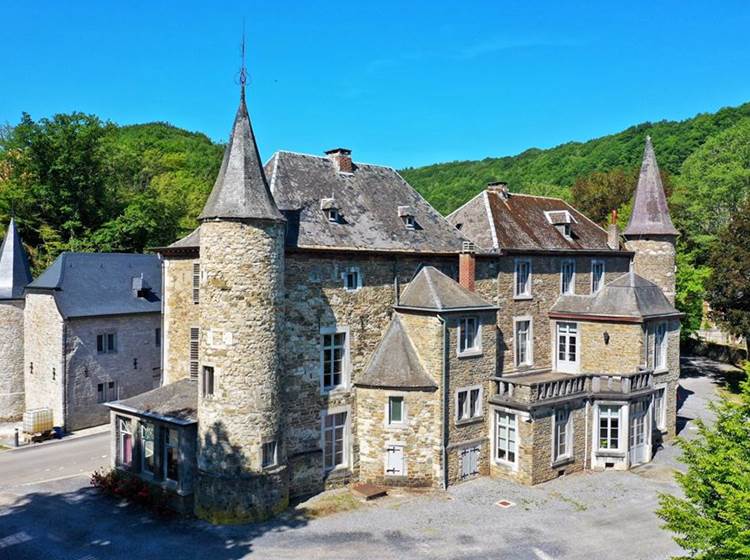
La maison communale de Hamoir
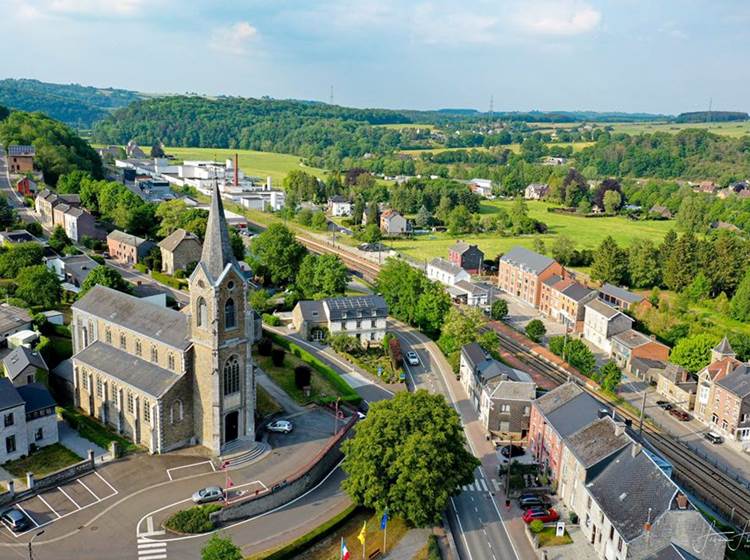
La rue principale loge le chemin de fer menant à la gare de HAMOIR
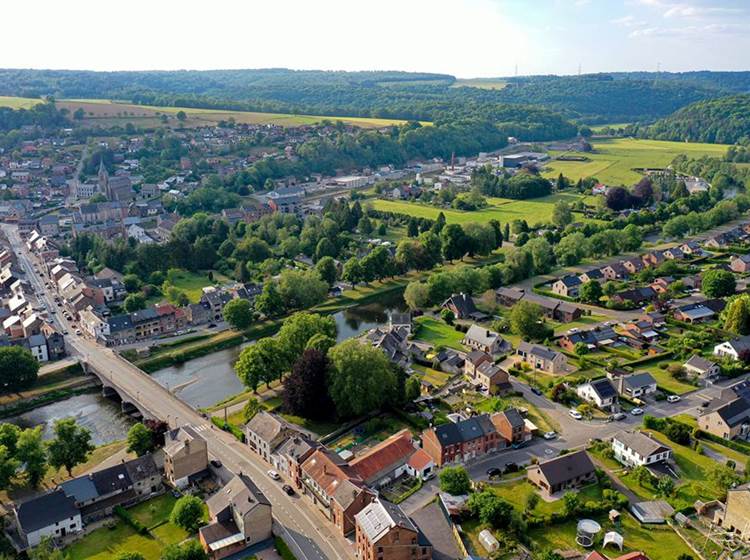
HAMOIR traversée par l'Ourthe dans laquelle se jette le Néblon - Sans oublier toute cette belle végétation
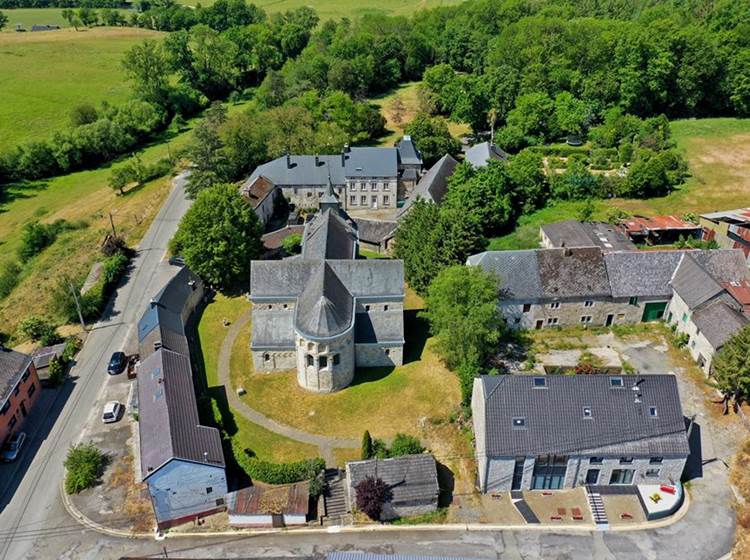
Vue partielle de Xhignesse - façade de La Grange de David





